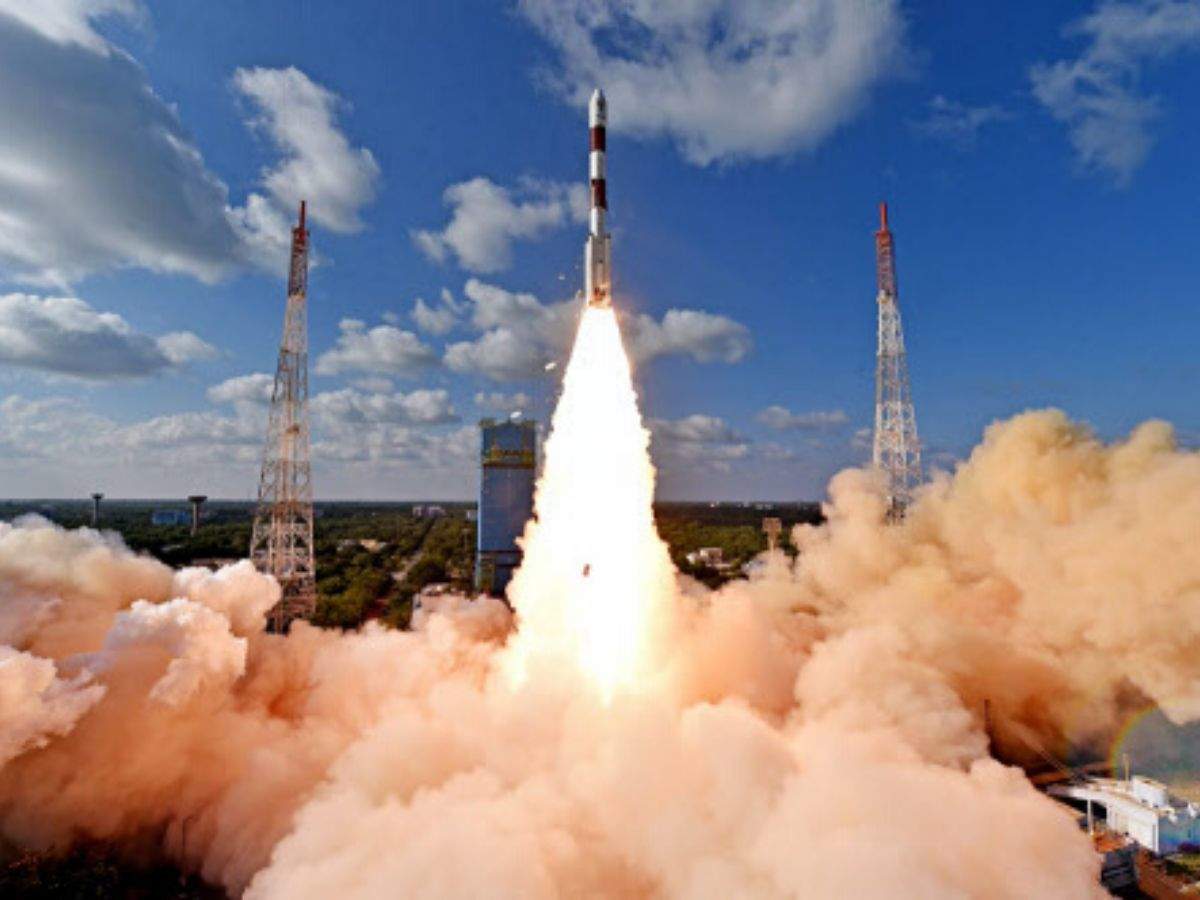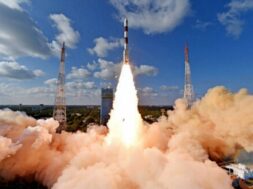
NEW DELHI, Aug 12: India’s mission of launching of an earth observation satellite in the geostationary orbit failed on Thursday due to some technical fault developed in the cryogenic engine within some five minutes after the lift off.
The Indian Space Research Organisation (ISRO) ‘s that GSLV-F10 rocket that blasted off from Satish Dhawan Space Centre at Sriharikota, some 100 km from Chennai, failed to launch earth observation satellite EOS-3 into the intended orbit.
ISRO chairman K. Sivan said a “technical anomaly was observed in the cryogenic stage and the mission could not be accomplished.”
The ISRO had earlier tweeted saying, “GSLV-F10 had lifted off successfully” from the spaceport.
The intended mission was to position EOS-03 in Geostationary orbit. The satellite was expected to provide near real-time imaging of large area of interest at frequent intervals, which could be used for quick monitoring of natural disasters, episodic events and any short-term events.
“Performance of first and second stages was normal. However, Cryogenic Upper Stage ignition did not happen due to technical anomaly. The mission couldn’t be accomplished as intended,” ISRO said in a statement, without giving any further details.
The cryogenic upper stage has an indigenously developed cryogenic engine fuelled by liquid hydrogen and liquid oxygen at very low temperatures. The cryogenic stage is supposed to be much more efficient and provides greater thrust to propel heavier rockets like GSLV that are designed to carry bigger payloads into space. But these are also much more complex than conventional liquid and solid propellants, because of the extremely low temperatures, hundreds of degree Celsius below zero, that has to be maintained. ISRO has had a few difficulties with the cryogenic stage earlier as well, though several launches have been completed successfully as well.
This was the 14th launch involving a GSLV rocket and fourth failure. This rocket, the Mark-II version of GSLV, was last used to successfully launch GSAT-7A, a communication satellite, in December 2018. The last failure of this rocket had happened way back in 2010.
The failure is a big setback to ISRO whose missions are already delayed because of the pandemic. The launch of EOS-03 was initially planned for March last year itself, but it had to be put off, first because of some technical glitches, and then due to the pandemic.
EOS-03, part of the new generation of earth-observation satellites, was meant to provide almost real-time images of large parts of the country that could be used for monitoring of natural disaster like floods and cyclones, water bodies, crops, vegetation and forest cover.
Several other missions involving GSLV rockets are planned for this and next years, and their current schedules are likely to get impacted by this failure.
(Manas Dasgupta)














